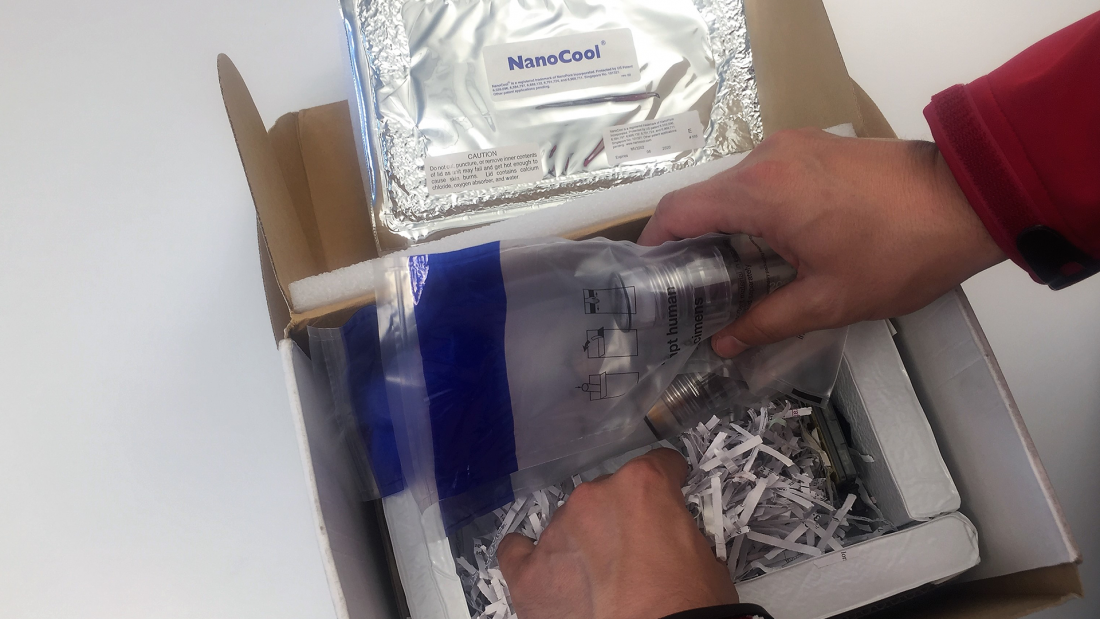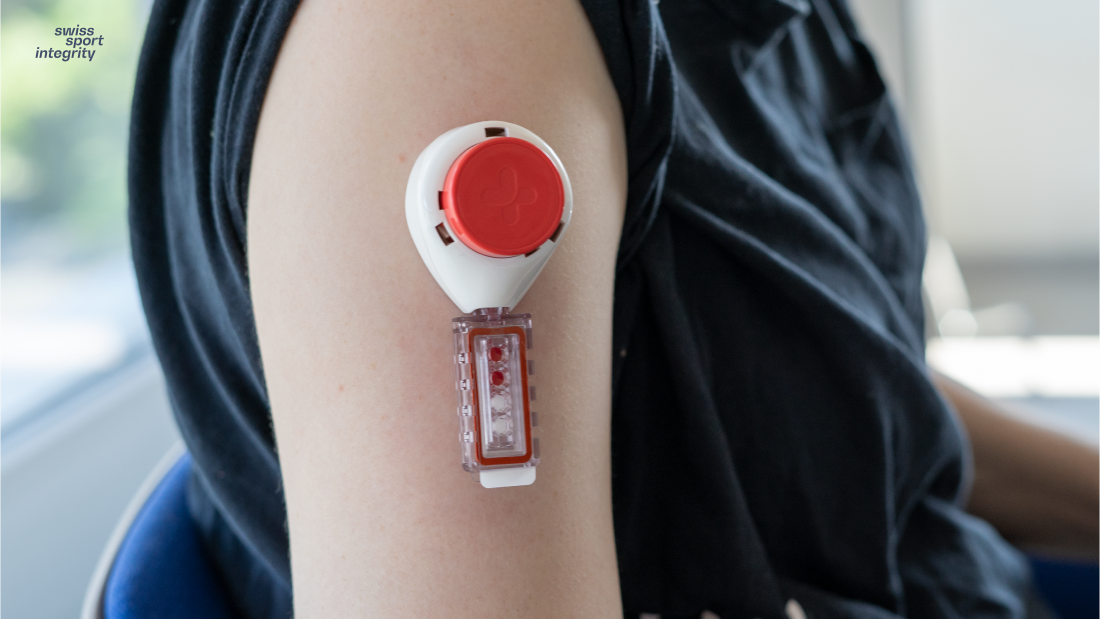Blood tests may be conducted in addition to or independently of urine testing. A distinction is made between venous blood collection and capillary blood collection for the Dried Blood Spot (DBS) method.
The procedure for the different types of blood collection is essentially the same, although they differ in three fundamental ways: The body site from which the blood is drawn, the amount of blood required, and the testing kit used. Certain steps of the testing procedures differ slightly as a result. If the sample is intended for use in blood profiles, it may not be collected until two hours at the earliest following physical exertion.
Notification and Identification
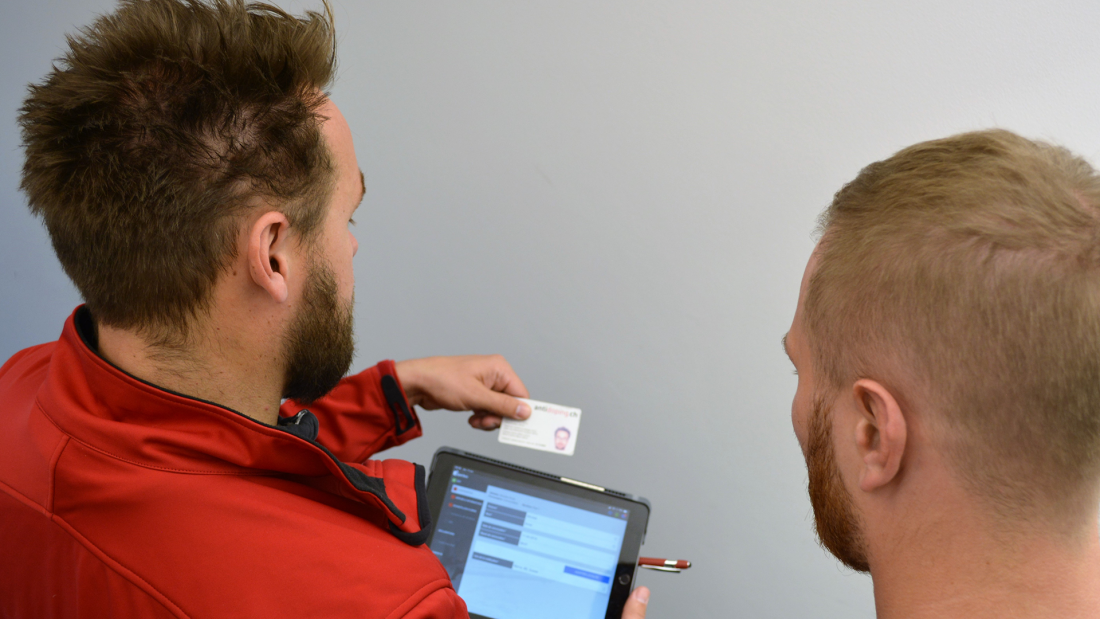
Waiting and Testing Areas
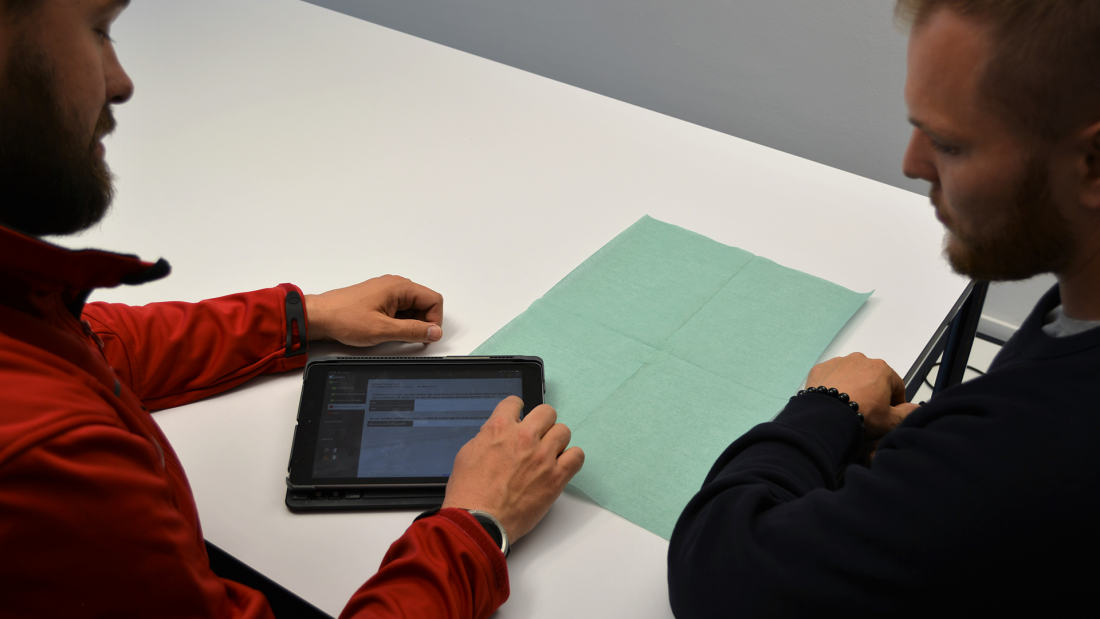
Selecting a Testing Kit
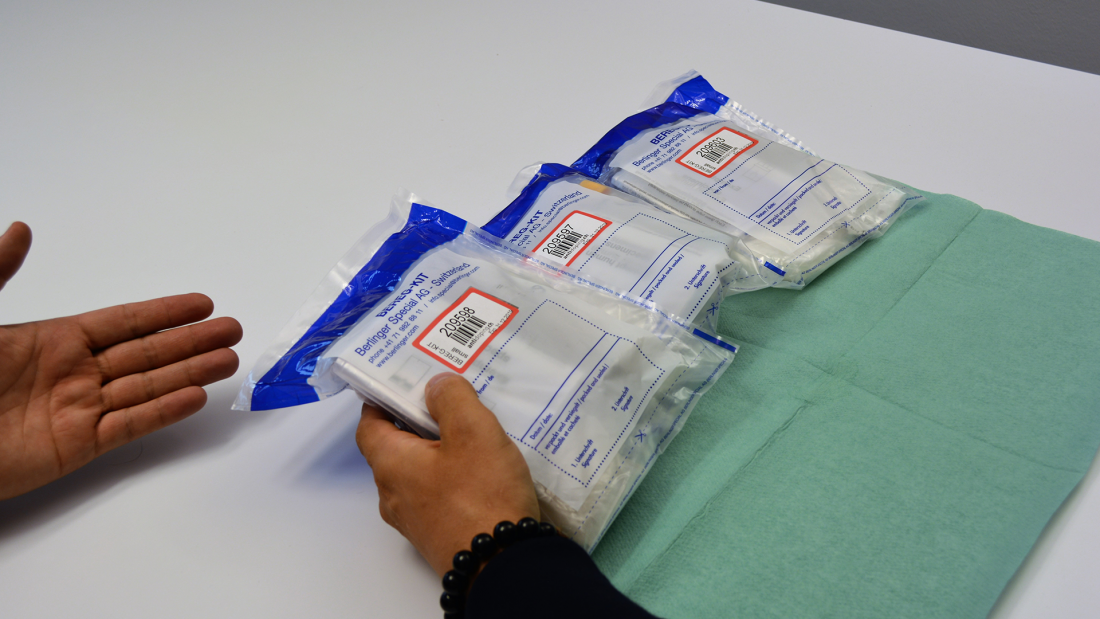
Blood Collection
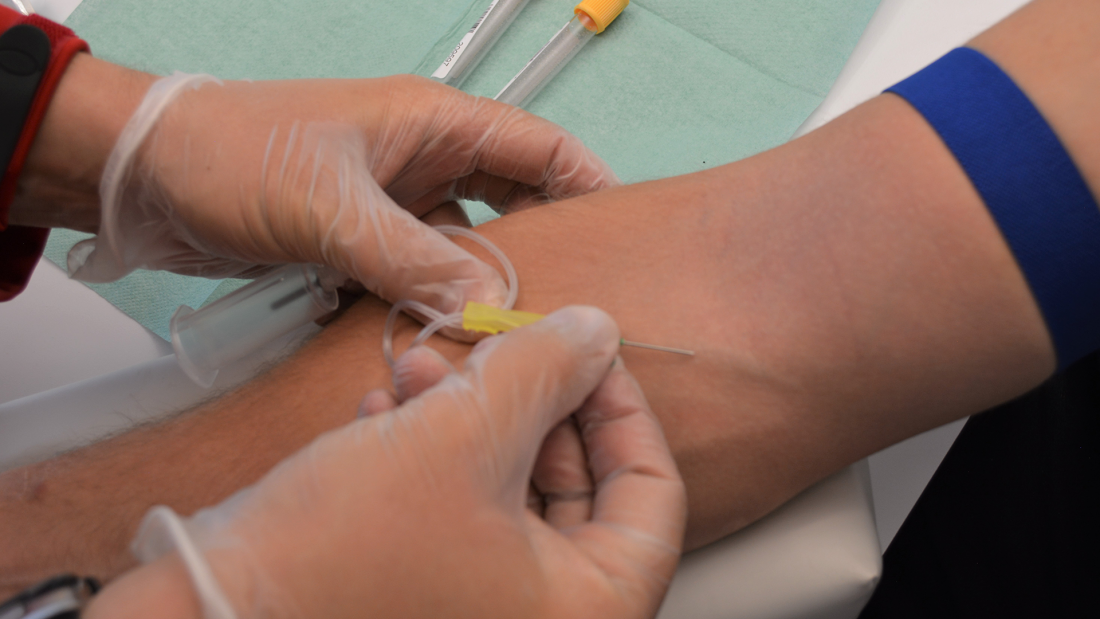
Sealing the Containers
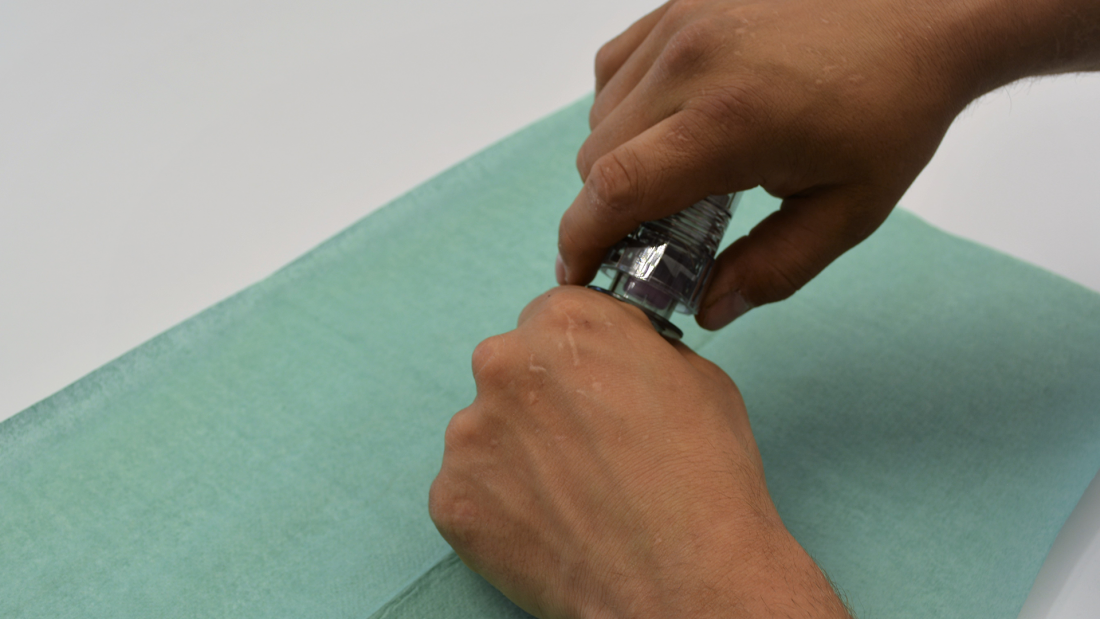
Doping Control Form
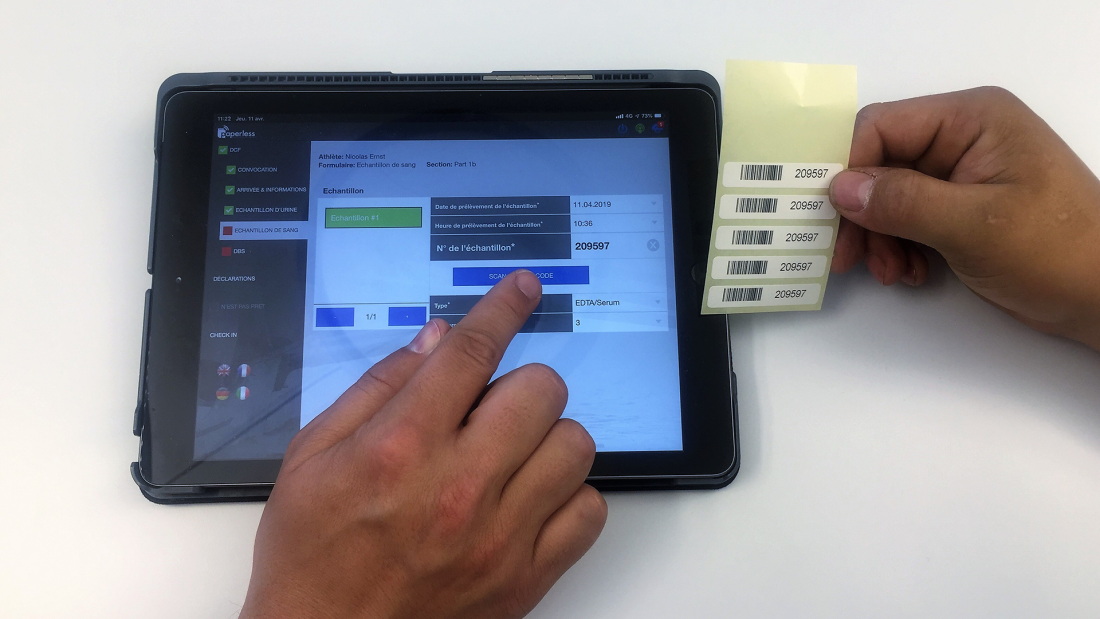
Signing the Form and Concluding the Test
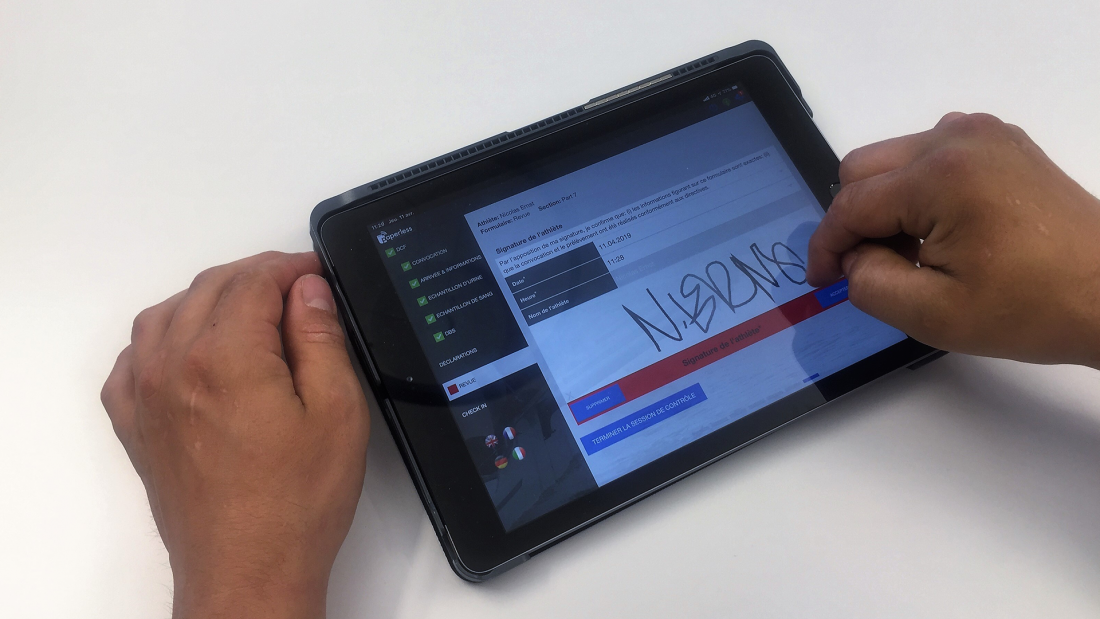
Dispatch and Analysis
